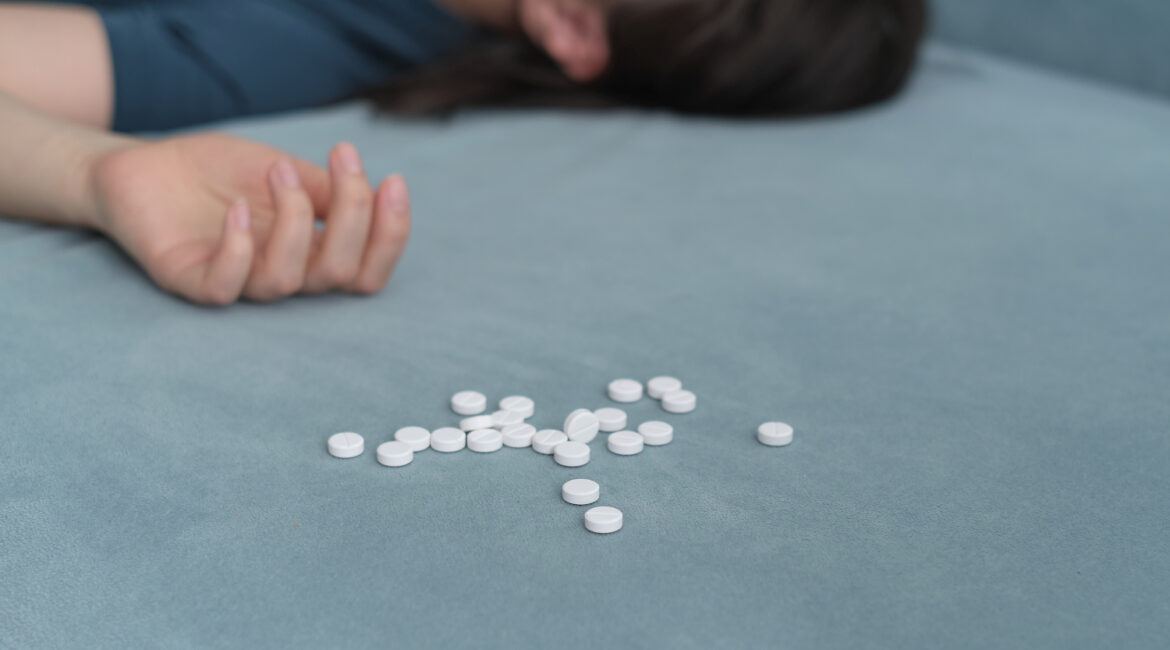Opioid abuse is a critical issue that can lead to addiction, overdose, and even death. Understanding the risks associated with opioid misuse, recognizing the signs of an overdose, and knowing how to respond can save lives. The first step in responding to an opioid overdose is to call emergency services immediately. Providing clear details about the situation, including the person’s location and the nature of the emergency, ensures that help arrives as quickly as possible. Emergency responders are trained to handle overdoses and can provide life-saving interventions on the spot.
Administering naloxone (Narcan) is the next crucial step if it is available. Naloxone is a medication specifically designed to rapidly reverse opioid overdose by binding to opioid receptors and blocking the effects of the drugs. It can be administered either as a nasal spray or an injection. Training on how to use naloxone is straightforward, and it is a powerful tool in overdose situations. Many states and communities provide naloxone kits and training, recognizing its critical role in reducing overdose deaths.
While waiting for emergency services to arrive, it’s important to perform rescue breathing if the person has stopped breathing or their breathing is severely impaired. Rescue breathing involves giving breaths to the person to ensure oxygen reaches their lungs. Additionally, keeping the person calm and monitoring their condition continuously is vital. If they regain consciousness, reassure them and keep them in a comfortable position. Providing this immediate support can make a significant difference, potentially saving a life while professional medical help is on the way.
The Dangers of Opioid Abuse
Opioids are potent pain-relieving medications prescribed to manage moderate to severe pain, often related to surgeries or injuries. Commonly prescribed opioids include:
- Hydrocodone (Vicodin)
- Oxycodone (OxyContin)
- Morphine
- Codeine
- Fentanyl
While these medications are necessary for pain management, they must be used cautiously and strictly according to a doctor’s instructions. Opioid abuse, which involves using more medication than prescribed or using it more frequently, can lead to physical and psychological dependence, increased tolerance, and addiction. As tolerance builds, individuals may take larger doses, significantly raising the risk of a potentially fatal overdose.
Recognizing an Opioid Overdose
Early Signs of Opioid Overdose
Recognizing the early signs of an opioid overdose is critical in providing timely assistance and potentially saving a life. Here are some of the primary indicators to watch for:
- Difficulty Breathing:
- One of the most immediate and severe signs of an opioid overdose is respiratory depression, where breathing becomes very slow, shallow, or stops altogether.
- Extreme Drowsiness or Unresponsiveness:
- The individual may appear extremely drowsy or unable to stay awake. They may also become unresponsive to external stimuli, such as loud noises or shaking.
- Pinpoint Pupils:
- Constricted pupils, also known as pinpoint pupils, are a classic sign of opioid overdose. The pupils become very small and do not respond to changes in light.
- Bluish Tint to Skin and Lips:
- Due to lack of oxygen, the skin, lips, and fingernails may develop a bluish or purplish tint, indicating cyanosis. This is especially noticeable around the lips and under the fingernails.
- Slurred Speech:
- Speech may become very slow, slurred, or incomprehensible as the overdose progresses.
- Limp Body:
- The person’s body may go limp or floppy, making it difficult for them to sit up or hold their head up.
- Clammy or Cold Skin:
- The skin may feel unusually cold and clammy to the touch, which is another sign of decreased blood circulation and oxygenation.
- Vomiting or Gurgling Sounds:
- Some individuals may vomit or make choking, gurgling, or snoring-like sounds due to the relaxation of airway muscles and respiratory distress.
- Slow or Irregular Pulse:
- The person’s pulse may become very slow, weak, or irregular, indicating that their heart is struggling to maintain circulation.
Recognizing these symptoms is the first step in saving a life during an opioid overdose.
What to Do If You Witness an Opioid Overdose
In the event of an opioid overdose, immediate action is essential. Follow these steps:
- Call Emergency Services: Dial the police and ambulance or your local emergency number immediately. Provide clear details about the situation, including the address and condition of the person, and inform the operator that it may be an opioid overdose.
- Administer Naloxone: If available, administer naloxone (Narcan), a prescription drug that can reverse an opioid overdose. Naloxone can be given intranasally or via injection and is often kept on hand by those dependent on opioids for emergencies.
- Perform Rescue Breathing: If the person has stopped breathing, begin rescue breathing if you are trained to do so.
- Stay with the Person: Remain supportive and stay with the individual until emergency responders arrive. Monitor their breathing, keep them calm, and ensure they are as comfortable as possible.
The Importance of Naloxone
If you know someone struggling with opioid addiction, consider talking to a healthcare provider about obtaining a prescription for naloxone. Having this life-saving drug available can make a critical difference in an emergency.
Opioid abuse poses severe risks, but timely and effective response to an overdose can prevent a fatal outcome. Recognizing the signs of an overdose and knowing how to act are crucial steps in saving lives. If a loved one is struggling with opioid addiction, seeking professional help and having naloxone on hand are vital measures to ensure their safety and recovery.
Addiction is a complex and multifaceted disease, but with the right support and resources, recovery is possible. Understanding and responding appropriately to opioid overdoses is a crucial part of this journey.

